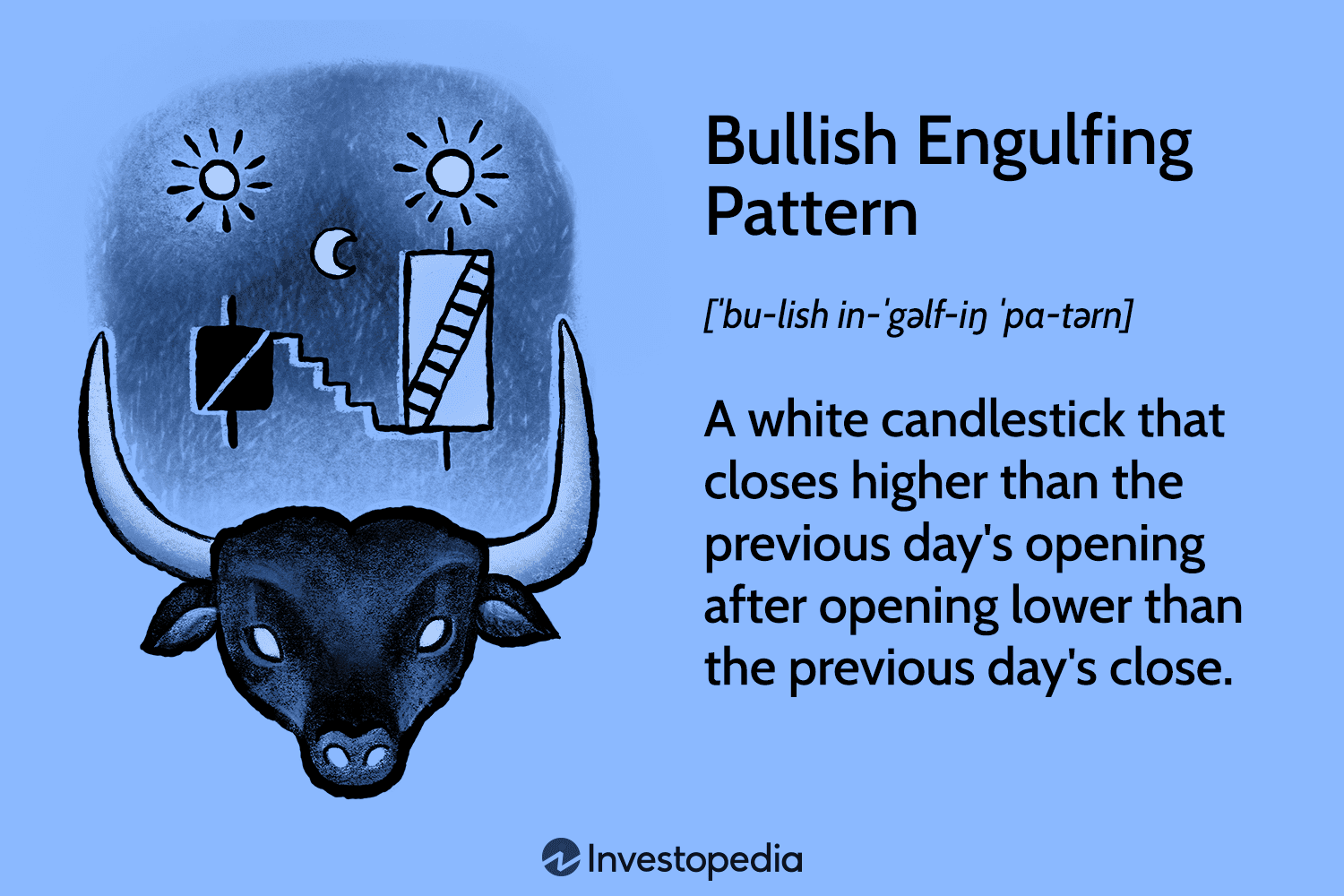Bullish and bearish are two common terms used in the financial markets to describe market sentiment. Understanding these terms is crucial for investors and traders as they help to predict future price movements and make informed investment decisions.
Table of Contents
What does bullish mean?
When the market is in a bullish state, it means that investors have a positive sentiment about the future direction of the market or a specific asset. In other words, they expect prices to rise. Bullish investors are optimistic and believe that there are more buyers than sellers, leading to upward price momentum. They often buy assets in the hopes of selling them at a higher price in the future.
Characteristics of a bullish market
During a bullish market, there are certain characteristics that can be observed:
- Overall rising prices
- Increasing trading volumes
- Positive economic indicators
- Optimistic investor sentiment
- New highs being reached
- Stock market indices showing upward trends
:max_bytes(150000):strip_icc()/what-do-long-short-bullish-and-bearish-mean-1030894-v2-94771b18dbf54fb8a7f624297405acf4.png)
Credit: www.thebalancemoney.com

Credit: www.linkedin.com
What does bearish mean?
In contrast, when the market is bearish, it means that investors have a negative sentiment about the future direction of the market or a specific asset. They expect prices to fall and may sell assets, leading to downward price momentum. Bearish investors are pessimistic and believe that there are more sellers than buyers, resulting in a decline in prices. They often take short positions or sell assets.
Characteristics of a bearish market
During a bearish market, you can observe the following characteristics:
- Overall declining prices
- Decreasing trading volumes
- Negative economic indicators
- Pessimistic investor sentiment
- New lows being reached
- Stock market indices showing downward trends
Factors affecting market sentiment
Various factors can influence market sentiment and contribute to either a bullish or bearish market. Some of these factors include:
| Factors | Bullish | Bearish |
|---|---|---|
| Economic indicators | Rising GDP, low unemployment | Weak GDP, high unemployment |
| Interest rates | Low interest rates stimulate borrowing and investment | High interest rates can discourage borrowing and investment |
| Corporate earnings | Increasing profits, strong financial results | Declining profits, poor financial results |
| Geopolitical events | Stability, positive developments | Uncertainty, conflicts, negative developments |
Using bullish and bearish indicators
Investors and traders often use technical and fundamental analysis to identify bullish or bearish indicators. Technical indicators include moving averages, trend lines, and volume analysis, while fundamental analysis involves analyzing economic data, company financials, and news events.
By examining these indicators, investors gain insight into market sentiment and can make predictions about future price movements. This information helps them decide whether to enter a long or short position, buy or sell an asset, or adjust their investment strategy accordingly.
Conclusion
Understanding the concepts of bullish and bearish sentiment is essential for anyone involved in the financial markets. By recognizing these market sentiments and analyzing the factors that influence them, investors can make more informed decisions and potentially profit from market movements.
